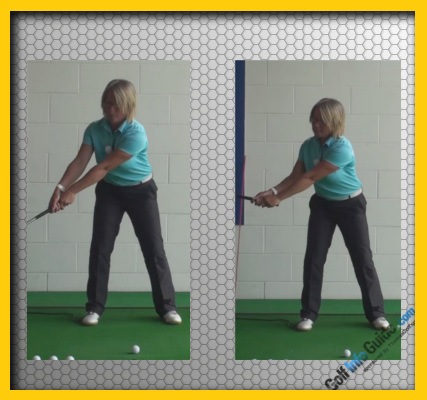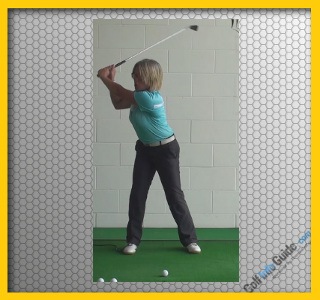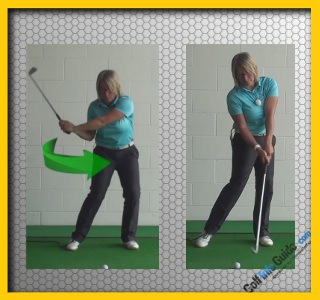
During your golf swing, you are making a complex sequence of movements that flow one into another. Trying to think about how all of these movements though, one after another, can produce a very robotic looking swing which lacks any rhythm or flow. Good rhythm is an essential requirement of all good golf swings. Rhythm also helps to disguise a multitude of less than perfect technical movements and allows you to produce consistent, accurate golf shots.
Trying to correct too many issues all at once can also lead you to being overwhelmed with thoughts when you are over the ball and with too many things to think about, you end up focusing on none of them and not improving at all.

Rather than trying to fix everything all at once and ending up fixing nothing, focus on getting one part of your swing improved. If you actually think about all of the instructions that are currently going on in your head as you swing your golf club, and you were asked to say them out loud, and were timed how long it took you to talk through everything, and what you wanted to achieve, how long in seconds do you think it would have taken?
You swing your golf club from start to finish in less than three seconds, so how can you fit more than one swing thought or correction into that amount of time. Rather than distracting yourself or confusing yourself with too many instructions that you won’t have time to achieve anyway, work out what is the most important issue to correct. Focus on just this one correction until you feel you are making the correction every time you now swing the club.  Actually learn the correction that is needed, rather than just know it.
Actually learn the correction that is needed, rather than just know it.
You should now see that your ball striking improves because you are actually making an improvement rather than just knowing you need to make it. When you feel you have got the improvement corrected every time in your swing, identify the next improvement to make and bolt that on. Keep doing this and you will very quickly make all of the improvements that are required.
The next time you play or practice, instead of trying to correct 10 things all at once and correcting none of them, work on correcting one thing then bolt on another improvement in the next session. This way you will get all 10 improvements fairly quickly, rather than being stuck back at trying to improve 10 things in one go, achieving none and not improving at all.






